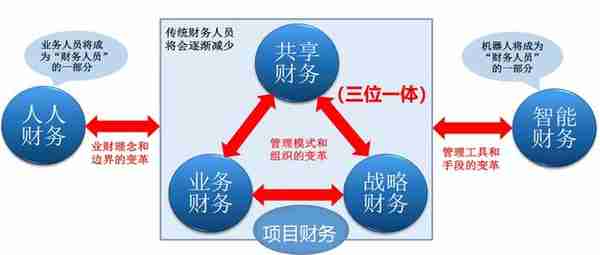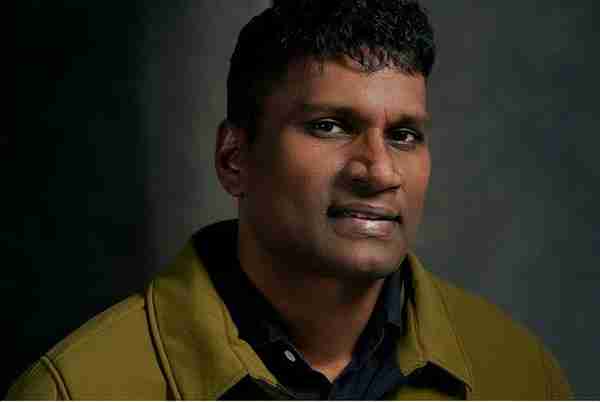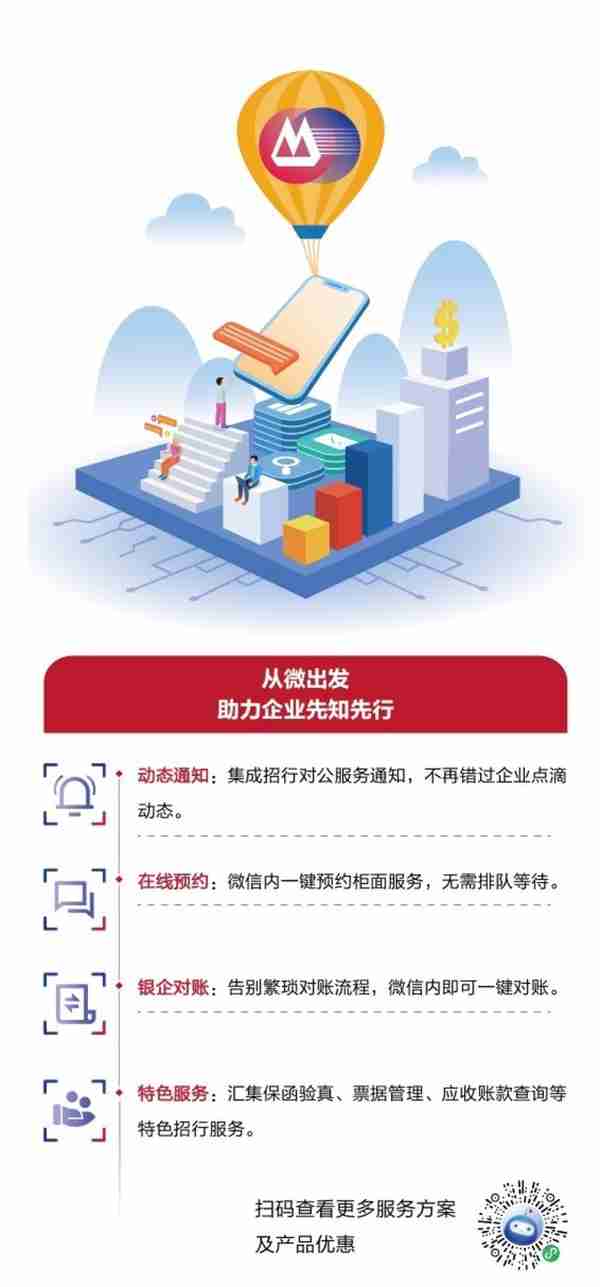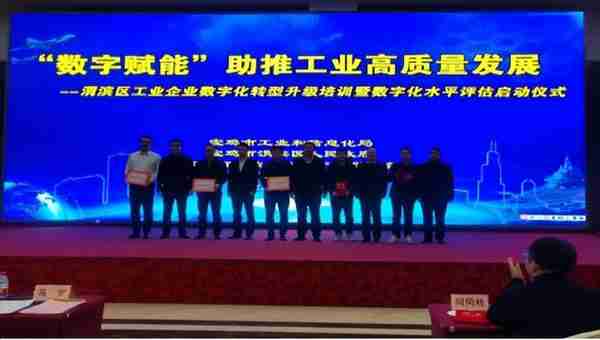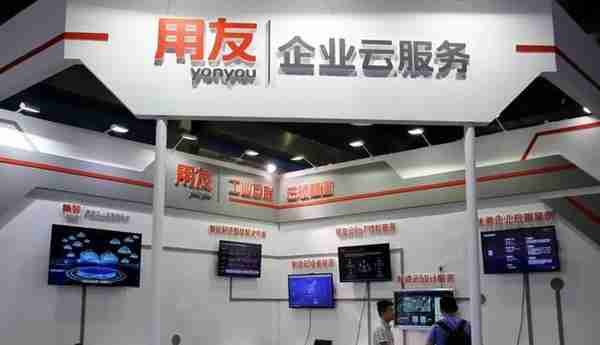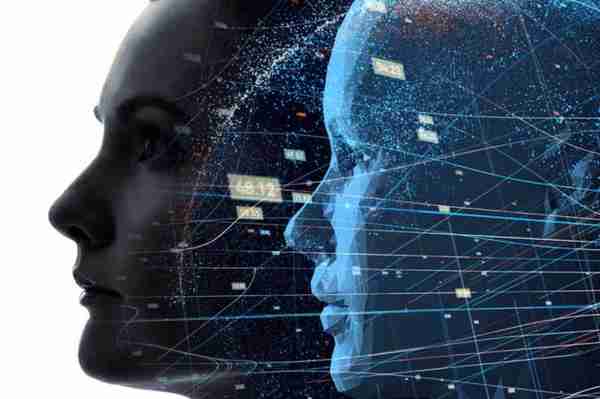
CXO UNION(CXO联盟)、数字化转型网(www.szhzxw.org)、中国数字化灯塔大会、华东CIO大会
数字孪生作为物理世界和数字世界之间的桥梁,依赖历史数据、实时数据以及机器学习模型来实现对物理对象的虚拟表示。
软件开发公司Bentley Systems的Keith Bentley把数字孪生描述为自个人计算机以来IT对物理基础设施行业价值贡献最大的一个机会,被广泛用于各种行业,让企业深入了解维护过程以及优化制造供应链的方法。
根据MarketsAndMarkets.com报告称,到2026年全球数字孪生的市场规模预计将达到482亿美元,而基础设施以及建筑、工程和施工(AEC)行业是其中一个不可或缺的部分。从建筑物、桥梁和停车结构、到供水和下水道、道路及整个城市,都可以从数字孪生技术中获益。
下面让我们来看一看数字孪生是如何颠覆基础设施行业的,以及为什么基础设施和AEC企业的IT和创新领导者可以很好地利用这种技术。
重塑商业模式
几十年来,AEC行业一直在各种项目中使用计算机辅助设计(CAD)和建筑信息建模(BIM)软件来创建特定的2D和3D可交付成果,这个行业正在朝着工具和行业云集成套件的模式发展,这为打造新商业模式、行业生态系统和更具协作性的工作方式打开了一扇大门。
随着数字孪生技术的应用发展,AEC行业企业也看到了通过为客户管理和维护基础设施数字孪生带来的新收入机会。CXO UNION(CXO联盟)、数字化转型网(szhzxw.cn)、中国数字化转型展、华东CIO大会、CDLC中国数字化灯塔大会、CXO数字化研学之旅、数字化江湖-讲武堂,数字化江湖-大侠传、数字化江湖-论剑、CXO系列管理论坛(陆家嘴CXO管理论坛、宁波东钱湖CXO管理论坛等)、数字化转型网,走进灯塔工厂系列、ECIO、iTdaily 、It经理人、CIO训练营、数字化江湖等
在基础设施行业顺应新工作方式的同时,这些新的商业模式也在颠覆基础设施行业,带来新的机会。正如各种平台模型给音乐、书籍、零售和零工经济服务等行业带来的影响一样,数字孪生也有可能让基础设施行业从中受益。
由于数字孪生是基于云的平台业务模式,因此它不仅为围绕核心数字孪生模型的运营和维护服务带来了可能性,还有围绕这些孪生模型提供增值的数字服务,例如可视化、协作、物理安全和网络安全、数据分析和支持AI的预防性维护。
此外,基础设施开发商还可以与数字孪生提供商和周边服务供应商生态系统展开合作,通过出售实物资产以及通过数字孪生模型提供持续的数字服务中受益。随着时间的推移,这些基于订阅的服务可能会大大增加原始销售价格。例如,一个10万平方英尺的房地产项目可以在五年内从数字孪生相关服务中获得100万美元的附加收入,并且近80%的资产生命周期价值是在运营中实现的。
数字孪生的用途和投资回报率
数字孪生的用途涉及很多领域,最大的领域之一就是帮助基础设施变得更高效、更具弹性和更具可持续性。世界上有70%的碳排放与基础设施的规划、设计、建造或运营方式有某种联系,数字孪生则可以帮助提高实时决策的可见性和洞察力。还是上面那个例子,如果一栋10万平方英尺的建筑物年维护成本为20万美元,那么数字孪生可以帮助节省25%的成本,并在环境、安全和可用性方面增加16万美元的额外价值,例如预订会议室、空间利用率分析和流程可见性等。
另一个用途和工人安全有关。例如,桥梁检查员通常要把自己悬挂在绳索上,但通过基于无人机的桥梁检查,例如Manam用于组装3D数字孪生的摄影测量,可以把大部分检查过程转移到办公室进行,这可以节省时间并大大降低受伤的风险。由于美国每个州通常都有数以万计的桥梁需要检查,因此对于州交通部来说投资回报率是非常重要的。不过,桥梁检查员仍需要使用工具进入现场,但3D模型为快速视觉检查、详细分析甚至AI检测到的缺陷提供了额外的技术支持。
例如,从安全角度来看,美国华盛顿特区Capital One Arena体育馆的数字孪生可以作为智能建筑传感器最新创新技术的试验场,帮助急救人员在紧急情况发生时对搜索和救援区域进行优先排序。
实时记录系统
基础设施数字孪生覆盖了从建设到运营和维护的整个生命周期,为所有相关方提供了一个记录系统和单一的事实来源。以前采用的BIM,是一种项目计划、设计和建造阶段的记录系统,但通常在交付给建筑运营商后就停止使用了。
作为一种动态的记录系统,数字孪生把资产、流程或系统的视觉表示和几何表示与工程数据、IT数据以及运营数据(例如物联网和SCADA)融合在一起,以实时地表示实物资产。
如果没有数字孪生,架构师通常无法了解设计中的运营情况是如何的,因此数字孪生对于反馈和持续改进可能很有价值,可随着时间的推移对设计进行修改和完善。
对于业主和运营商来说,数字孪生提供了一个他们可以随时随地进行查看的最新虚拟模型,还可以了解这些资产的情况,包括过去、现在和未来的各项指标。CXO UNION(CXO联盟)、数字化转型网(szhzxw.cn)、中国数字化转型展、华东CIO大会、CDLC中国数字化灯塔大会、CXO数字化研学之旅、数字化江湖-讲武堂,数字化江湖-大侠传、数字化江湖-论剑、CXO系列管理论坛(陆家嘴CXO管理论坛、宁波东钱湖CXO管理论坛等)、数字化转型网,走进灯塔工厂系列、ECIO、iTdaily 、It经理人、CIO训练营、数字化江湖等
可视化和元宇宙
对于建筑物等复杂的系统来说,可视化(包括渲染、视频和AR/VR/XR)是通过传递有关计划和想法的信息明确展现数字孪生优点的一个不可或缺的元素。AR检查尤其有助于现场管理人员立即标记错误,从而节省时间和成本。他们还可以在现场扫描QR码,检查与设施中任何物理设备相关的数字孪生数据,例如HVAC系统或者机械、电气和管道(MEP)设备。在VR模式下,他们可以通过飞行对数字孪生模型中内置的所有数据层进行远程检查。
3D BIM开发商Akular首席执行官Martin Rapos表示:“最近几个月,我们看到了实时数字孪生的兴起。除了集成建筑数据来打破物联网和其他建筑系统的孤岛之外,市场对高级可视化的需求也在增加,数据需要在2D或者3D文件上进行地理定位和准确标记。VR、MR和移动设备与数字孪生配合使用的场景也在增加,这让建筑商和资产运营商可以把数字孪生从办公室带到现场,而这正是该行业多年来一直努力实现的目标。”
把可视化工具和功能集成到数字孪生解决方案中,这是技术堆栈和整个生态系统的关键,因此客户可以更好地实现可视化并围绕物理资产的设计或者运营决策展开协作。与其他行业相比,基础设施行业的数字化转型进展十分缓慢。但在未来的两年中,向数字孪生转型的趋势,将会进入早期主流阶段,推动整个行业向前发展,因此该行业的CIO和高管们应该密切关注这些发展趋势,制定自己的数字孪生战略,以最好地释放数字孪生的潜力。
CXO联盟(CXO union)是一家聚焦于CIO,CDO,cto,ciso,cfo,coo,chro,cpo,ceo等人群的平台组织,其中在CIO会议领域的领头羊,目前举办了大量的CIO大会、CIO论坛、CIO活动、CIO会议、CIO峰会、CIO会展。如华东CIO会议、华南cio会议、华北cio会议、中国cio会议、西部CIO会议。在这里,你可以参加大量的IT大会、IT行业会议、IT行业论坛、IT行业会展、数字化论坛、数字化转型论坛,在这里你可以认识很多的首席信息官、首席数字官、首席财务官、首席技术官、首席人力资源官、首席运营官、首席执行官、IT总监、财务总监、信息总监、运营总监、采购总监、供应链总监。
数字化转型网(www.szhzxw.cn)是聚焦于数字化转型的资讯媒体,是企业数字化转型的必读参考,在这里你可以学习大量的知识,如财务数字化转型、供应链数字化转型、运营数字化转型、生产数字化转型、人力资源数字化转型、市场营销数字化转型。通过关注我们的公众号,你就知道如何实现企业数字化转型?数字化转型如何做?
【CXO UNION部分社群会员】中国佳源控股集团有限公司CDO、三房巷集团有限公司CDO、天津市新天钢钢铁集团有限公司CDO、江苏南通二建集团有限公司CDO、红豆集团有限公司CDO、深圳市恰亚通供应链股份有限公司CDO、中基宁波集团股份有限公司CDO、辽宁宝来生物能源有限公司CDO、盘锦北方沥青燃料有限公司CDO、上海圆迈贸易有限公司CDO、永锋集团有限公司CDO、洛阳栾川钼业集团股份有限公司CDO、玖龙纸业(控股)有限公司CDO、远大物产集团有限公司CDO、双胞胎(集团)股份有限公司CDO、江苏新长江实业集团有限公司CDO、山东海科控股有限公司CDO、青建集团股份公司CDO、蓝光投资控股集团有限公司CDO、五星控股集团有限公司CDO、蓝润集团有限公司CDO、武安市裕华钢铁有限公司CDO、立讯精密工业股份有限公司CDO、中天科技集团有限公司CDO、内蒙古鄂尔多斯投资控股集团有限公司CDO、修正药业集团CDO、宁波均胜电子股份有限公司CDO、江苏国泰国际集团殷份有限公司CDO、广州品东贸易有限公司CDO、武安市明芳钢铁有限公司CDO、河北新武安钢铁集团文安钢铁有限公司CDO、山东京博控股集团有限公司CDO、深圳海王集团股份有限公司CDO、四川省川威集团有限公司CDO、江苏省苏中建设集团股份有限公司CDO、河南双汇投资发展股份有限公司CDO、雅居乐地产置业有限公司CDO、德力西集团有限公司CDO、恒信汽车集团股份有限公司CDO、网易(杭州)网络有限公司CDO、宁夏天元锰业集团有限公司CDO等
原文:
How innovation, efficiency and intelligence across the infrastructure ecosystem is finding a kindred spirit in digital twins.
Elaborating on some points from my previous post on building innovation ecosystems, here’s a look at how digital twins, which serve as a bridge between the physical and digital domains, rely on historical and real-time data, as well as machine learning models, to provide a virtual representation of physical objects, processes, and systems.
Keith Bentley of software developer Bentley Systems describes digital twins as the biggest opportunity for IT value contribution to the physical infrastructure industry since the personal computer, and they’re used in a wide variety of industries, lending enterprises insights into maintenance and ways to optimize manufacturing supply chains.
[
Learn from your peers: Check out our State of the CIO report on the challenges and concerns of CIOs today. | Find out the 7 skills of successful digital leaders and the secrets of highly innovative CIOs.
]
By 2026, the global digital twin market is expected to reach $48.2 billion, according to a report by MarketsAndMarkets.com, and the infrastructure and architectural engineering and construction (AEC) industries are integral to this growth. Everything from buildings, bridges, and parking structures, to water and sewer lines, roadways and entire cities are ripe for reaping the value of digital twins.
Here’s a look at how digital twins are disrupting the status quo in the infrastructure industry — and why IT and innovation leaders at infrastructure and AEC enterprises would be wise to capitalize on them.
Redrafting the business model
For decades in the AEC industry, work has been performed on a project-by-project basis using computer-aided design (CAD) and more recently building information modeling (BIM) software to create specific 2D and 3D deliverables. The industry is now moving toward integrated suites of tools and industry clouds, which open the door to new business models, industry ecosystems, and more collaborative ways of working.
As the use of digital twins advances, new possibilities for annuity revenues are opening up as well for AEC firms to manage and maintain infrastructural digital twins for their clients.
These new business models are disrupting the infrastructure industry and reconfiguring opportunities as the industry adjusts to new ways of working. Digital twins will likely do for the infrastructure space what various platform models have already done for music, books, retail, and gig economy services.
Due to the cloud-based, platform business model, possibilities will open up not only for operations and maintenance services around core digital twin models, but for value-added digital services wrapped around these twins such as visualization, collaboration, physical and cybersecurity, data analytics, and AI-enabled preventative maintenance.
Plus, infrastructure developers can partner with digital twin providers and the surrounding ecosystem of service providers to benefit from the sale of the physical asset as well as the provisioning of ongoing digital services via digital twin models. Over time, these subscription-based services could add a significant amount to the original sale price. For example, a real estate project of 100,000 square feet could net $1 million in add-on revenues over five years from digital twin-related services, and nearly 80% of an asset’s lifetime value is realized in operations.
Digital twin use cases and ROI
The full suite of digital twin use cases encompasses many areas, but one of the largest is in helping infrastructure become more efficient, resilient, and sustainable. With 70% of the world’s carbon emissions having some link to the way infrastructure is either planned, designed, built, or operated, digital twins can help with visibility and insights for real-time decisions. Using our earlier example, if a 100,000 square foot building has $200,000 in annual maintenance costs, the digital twin may save 25% from that and add additional value of $160,000 in terms of environmental, security, and useability benefits like booking of meeting rooms, space utilization analytics, and process visibility.
Another use case relates to worker safety. Bridge inspectors, for instance, often still suspend themselves from ropes, but with drone-based bridge inspections, such as those by Manam that capture photogrammetry used to assemble a 3D digital twin, they can now move much of the inspection process into the office. This saves time and greatly reduces injury risk. With each state in the US often having tens of thousands of bridges to inspect, the ROI for state Departments of Transportation becomes highly significant. Bridge inspectors still need to go out into the field with tools, however, but the 3D model provides an additional technique for rapid visual inspection, detailed analysis, and even AI-detected defects.
And from a security perspective, a digital twin for the Capital One Arena in Washington D.C., for instance, acts as a proving ground for the latest innovations in intelligent building sensor suites to help first responders rapidly prioritize search and rescue areas when emergencies occur.
A real-time system of record
By addressing the full lifecycle from construction to operations and maintenance, infrastructure digital twins provide a system of record and a single source of truth for all parties involved. The former BIM approach was the system of record during the plan, design, and build phases of a project, but it typically stopped once delivery was made to building operators.
As a living system of record, the digital twin merges the visual and geometric representation of the asset, process, or system with the engineering data, IT data, and operational data (such as IoT and SCADA) all in a real-time representation of the physical asset.
Without digital twins, architects often have no visibility into the operational side of their designs, something that could be valuable for feedback and continuous improvement in order to modify and refine designs over time.
For owners and operators, the digital twin provides an up-to-date virtual model they can view anytime from anywhere. They also have visibility into how these assets are performing including past, present, and future indicators.
Visualization and the metaverse
For complex systems such as buildings, visualization — including renderings, videos, and AR/VR/XR — is an indispensable element to clearly unlock the benefits of digital twins by communicating plans and ideas. AR inspection in particular helps site managers immediately flag mistakes for time and cost savings. They can also scan QR codes onsite to inspect the digital twin data associated with any physical equipment in the facility, such as HVAC systems or mechanical, electrical, and plumbing (MEP) equipment. And in VR mode, they can perform remote inspections of all data layers built into the digital twin model via fly throughs.
“We’ve seen an uptake in live digital twins in recent months,” says Martin Rapos, CEO of 3D BIM developer Akular. “In addition to the master integration of building data to break IoT and other building systems silos, there’s increased need for advanced visualization, where the data needs to be geolocated and accurately tagged on 2D or 3D files. The use of VR, MR and mobile devices in working with the digital twin is on the rise as well, allowing builders and asset operators to bring the digital twin from the office to the site, which is what the industry has been trying to achieve for years.”
As also discussed in my previous post, integrating visualization tools and capabilities into digital twin solutions is key to the technology stack and overall ecosystem so customers can better visualize and collaborate around design or operational decisions regarding their physical assets. Compared to other industries, infrastructure has been slow to digitally transform. But over the next two years, the shift to digital twins will likely move to early mainstream and propel the industry forward, so CIOs and executives working in the industry should watch these developments closely and structure their own digital twin strategies for how best to unlock their potential.
